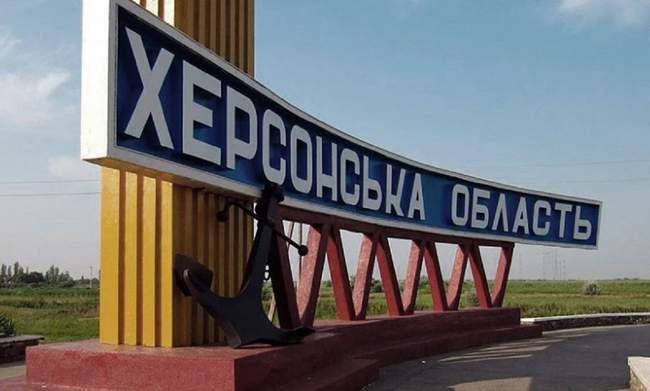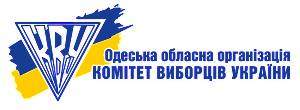Меню
Social networks
Sections
Jan. 28, 2025, 9:29 p.m.
Kherson region received more than 1.5 billion in international aid: where it was spent
Цей матеріал також доступний українською192

Photo: Ukrinform
In 2024, Kherson region received more than UAH 1.5 billion in international aid, which is 814 million more than in the previous year.
This was announced by Oleksandr Prokudin, the head of the Kherson Regional State Administration, in an interview.
According to the official, this assistance was directed to various areas, including the provision of heating materials for the population in the amount of UAH 800 million, as well as the implementation of numerous projects, including the delivery of Tesla Powerwall for hospitals, ambulances, agricultural machinery, fertilizers, greenhouses, solar panels for critical infrastructure, and much more.
He emphasized that most of the funding was provided through cooperation with the UN, USAID, Chemonics, and JICA.
Prokudin also shared that in order to increase international support, he actively met with partners, talking about the needs of the region and the consequences of Russian aggression. During 2024, he visited Germany, Canada, the Netherlands, and Belgium, where he managed to conclude agreements on cooperation and investment to rebuild Kherson region.
In particular, thanks to the German partner Schleswig-Holstein, half a million euros were allocated to Kherson region to provide critical infrastructure with solar panels. As a result, 300 panels have already been delivered, and another 200 are expected in February. Also, agreements with Canada and Germany include cooperation in education and medicine, and with the Netherlands - projects to restore water supply and the port in Kherson.
The head of the ODA noted that attracting investment in the agricultural sector is a priority, as Kherson region has great potential for agricultural development.
Recently, the communities of Kherson region received more than 16,000 liters of diesel fuel and gasoline to ensure the uninterrupted operation of generators at critical and social infrastructure facilities.











